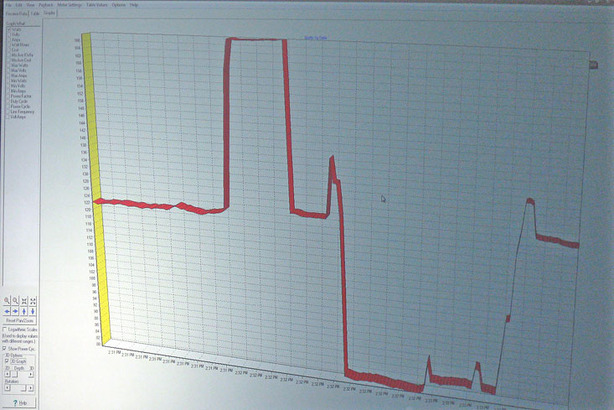
Thoughts...
Having got more information on the technology, how it has been implemented into hardware, and also how memory is allocated, we’re getting closer to building a bigger picture of where we think Hybrid SLI is going to fall.It’s clear that, at least with the first generation hardware, things are going to be limited and the potential benefits aren’t there for everyone – especially those that have thought about the benefits of using HybridPower with something like 3-way SLI (using future GPUs that support HybridPower technology), where the power savings in idle mode would be massive.
Sadly, because of the fact the lone digital display output is only single link, the benefits of 3-way SLI won’t be quite so profound at 1920x1200.
However, the good thing is that Nvidia is aware of the current hardware’s shortcomings and is looking at ways to improve the featureset in its future core logic technology. Given that the first-generation hardware has already added a bunch of new features over what has been offered before—even in Nvidia’s discrete GPUs—there is no reason to believe that Nvidia won’t improve its Hybrid technology with future chipset releases.

A Power/Time graph showing the benefits of HybridPower on an engineering sample GeForce 8800 GT GPU (scale ~80W to 170W)
What was encouraging to me was the fact that, during my chat with Drew Henry, he said that he can’t wait to look back at the technology in two years time to remember where it was, and where it will be then. He implied that there is a long way to go before Hybrid SLI reaches a point where Nvidia is completely happy with it and, like SLI, he sees the first generation as a way to show the potential that the technology has, while future generations will help to realise that potential.
Obviously though, those buying into first-generation Hybrid SLI technology will have some disappointing hardware limitations—on top of the software limitations. This is unlike the first-generation of SLI where the biggest drawback was the software support and many of the first-generation drawbacks were ironed out once the software development caught up with the hardware.
I think it was almost as if Nvidia had got to the point where it felt it had been developing Hybrid SLI internally for long enough to have a product and it was now time to reach out to find out where its customers want the technology to go in the future. In that respect, if you look upon Hybrid SLI in the same way that you looked at SLI when that first launched, you can see the potential that is there – it’s just a matter of time before Nvidia makes the technology viable for all users.

MSI MPG Velox 100R Chassis Review
October 14 2021 | 15:04








Want to comment? Please log in.